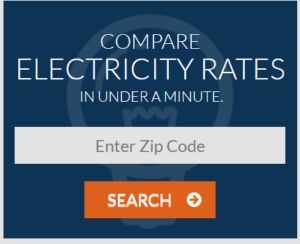It is also known as electricity pricing or the price of electricity. It may vary extensively by locality or according to the country. Electricity tariffs depend according to many factors they are government taxes or subsidies, multi-tiered industry regulation, local weather patterns, distribution, or transmission infrastructure. The tariffs are based on customer usage such as by commercial, residential, and business units.
EIA-(energy information administration)
To the united states, energy rates vary according to the cost of maintaining, finance, build, and the energy grid. The price forecast may vary by method of usages like generator, industries, and consumer companies. The rate of energy supply varies every minute because of the Power to Choose Alternative the method.
Energy rate plan and structure

There are many structures of allocating energy rates in the united states. The rates were determined and overseen by the FERC (federal energy regulated commissions)and by the public service commissions. In addition to that, they verify the interstate transmission electricity along with the wholesale electricity market. The (PUC) public utility commission which is also called the public service commission regulates the energy rate among each state by themselves.
In addition to renewable energy, the advanced meeting infrastructure (smart meter or AMI) and (DG) distributed generation in the trend of the modern energy grid introduced so many energy rate structures.
Types of modern residential utility structure rate
- Step or tiered –according to the usage if energy the energy rate varies.
- Fixed or simple –it is the fixed-rate price of per kWh what the customer pays.
- Demand energy rates –it is based upon the high demand for consumer energy usage.
- (TOU) times of use –it depends upon the time of the day by different energy rates.
- Seasonal energy rates –the charge on the no usage of electricity in tourist places.
- Tiered with TOU –the energy rates depend upon the usage of a specific day.
- Holiday or weekend energy rates –the energy rate during normal time and during holidays or weekend time the energy rate varies by the usage of energy.
The normal energy rates charges by dollar per kWh consumed. The rate of tiered is the common residential energy rates. The tiered energy rate charges are based only upon the usage of customer usage according to that the rates increase. The demand rates and time of usage are designed to help control and for the maintenance during peak usage. The energy rates are only high during the morning and the night time usage of electricity rates is low because morning is a peak time. This concept has been designed only for the customers by contributing more energy charges during peak load time that may help to consume low energy during the peak hours.
Availability of hydropower
Streamflow, snowpack, salmon, seasonality, etc. affect the water which flows through the dam at any time. By forecasting the variable augurs the present availability of potential energy in a dam during the given period. There are some regions like China, Egypt, the Pacific Northwest, and Pakistan gets substantial generation by the hydroelectric dams. During 2015 the SAIFI and SAIDI in Zambia double the energy rate because of fewer water resources due to lack of rainfall.
